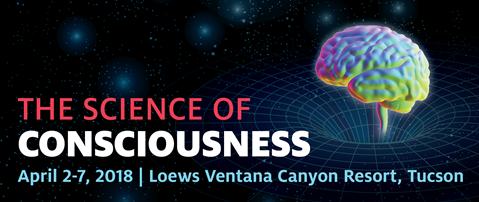The late Professor Ian Stevenson engaged in a multi-decade study of evidence for reincarnation based on the claimed past-life recollection of children. Subsequent research by his collaborators as well as independent researchers have yielded consistent findings. In Stevenson’s numerous publications he reported that such children are more likely to recall a violent death in their past life and that the past-life memories become more difficult to access once children are more than 5 – 7 years of age. Furthermore, there was a tendency for the children to exhibit birth marks whose location coincided with the recollected site of the claimed past-life lethal injury. This talk will briefly touch on recent findings on the nature of bioelectric fields and their crucial role in developmental biology and health. This will be used as a stepping-stone for a discussion on the role of bioelectric fields as one of the mechanisms mediating the appearance of birthmarks at the sites of past life lethal injury. In addition, we will discuss the role of such fields in the modification of fetal and early life brain development, permitting in turn the recollection past-life first-person memories. The talk will conclude with a brief discussion on the phenomenon of neonatal amnesia and its possible relationship to the ‘loss’ of past life memories in childhood.
RICHARD SILBERSTEIN holds the title of Professor Emeritus at Swinburne University of Technology where he served as Head of the Department of Physics and subsequently, founding director of the Brain Sciences Institute. He is the founder and chairman of Neuro-Insight Pty, a consumer neuroscience company operating in Melbourne, London and New York. Richard holds a Ph.D. in neuroscience from the University of Melbourne and a BSc (Hons) majoring in physics from Monash University. He has over 40 years of neuroscience research experience and is the originator of the Steady State Topography (SST) brain imaging methodology. He has authored and co-authored numerous publications in various areas of cognitive and clinical neuroscience as well as consumer neuroscience. His most recent publications address the topic of brain functional connectivity differences in attention deficit hyperactivity disorder (ADHD) and brain functional connectivity correlates of creativity.



